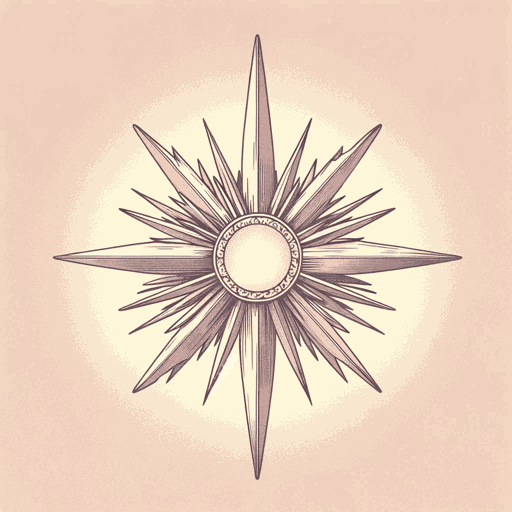59 pages • 1 hour read
Tomi AdeyemiChildren of Blood and Bone
Fiction | Novel | YA | Published in 2018A modern alternative to SparkNotes and CliffsNotes, SuperSummary offers high-quality Study Guides with detailed chapter summaries and analysis of major themes, characters, and more.
Themes
Cycles of Violence
The continent of Orїsha exists in a near-constant state of violence that motivated by racial discrimination and the desire for power, and the plot of the novel is driven by violence that occurs before the text begins. Adeyemi uses the intergenerational effects of systemic inequality and the brutality of those who wield political power to explore the cyclical nature of violence, and how discrimination and oppression perpetuate this cycle.
Before the events of the novel, maji and non-magical people existed in a state of tension and uncertainty, which was exacerbated by an attempted transition of the maji into the ruling class. When this resulted in the death of Saran’s family and he stepped into the kingship, Saran used violence to kill all the proficient magic users and left their children in states of fear and distrust. This genocide began a cycle of hurt and oppression that continues through the beginning of the novel. The divîners are subjected to harsh taxes, physical and verbal abuse, and segregation. Adeyemi emphasizes the fraught nature of divîner-non-magic relations by introducing the reader to Zélie as she learns self-defense. Immediately, Zélie experiences physical harm at the hands of a tax-collecting soldier who “slams [her] to the ground facedown, knocking the breath from [her] throat” (11).

